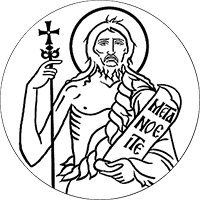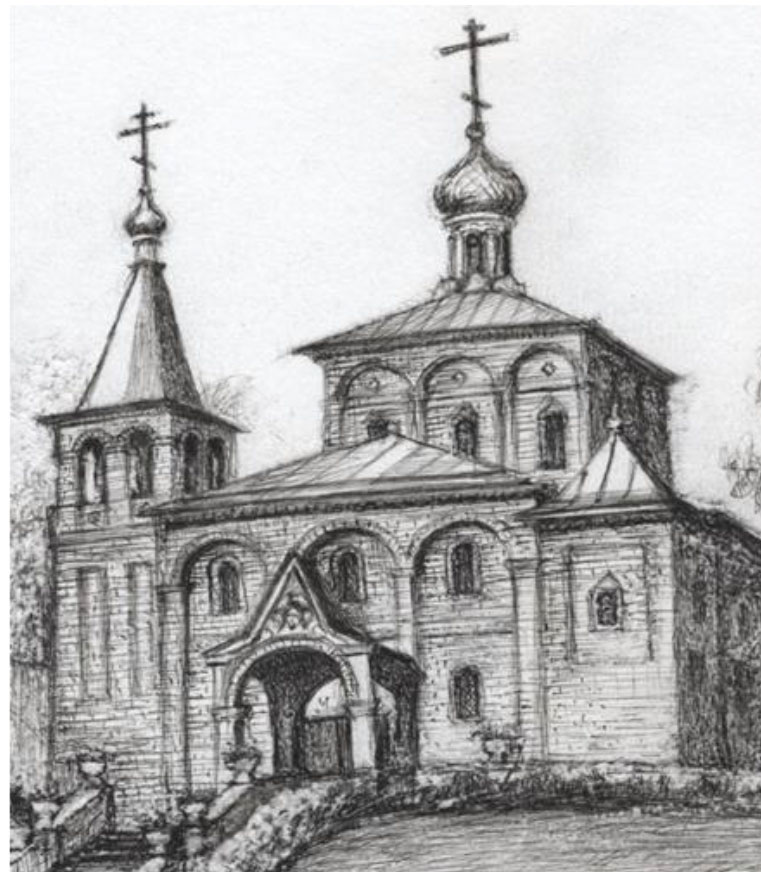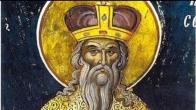ABOUT ORTHODOXY
You are here
Introduction
Since the time of the primitive Christian Church, a story told by Jesus Christ as an illustration of His teaching has been called a parable (in Greek, "parabole"). At the root of the Greek word "parabole" is the idea of comparison. A parable is a kind of "expanded metaphor," a comparison; an illustration of the spiritual based on an example from the everyday. It is characteristic of the eastern cast of mind to speak and teach in the form of comparison; it is characteristic of it to express itself by means of riddles, which stimulate inquisitiveness and dispose one toward reflection. It is necessary to understand a parable as a kind of utilization of symbols, that is, images, taken from earthly realities, in order to designate by them realities divinely revealed and in need of a profound explanation in the majority of cases. In His parables, Christ not infrequently took examples from nature or from social, economic and religious life contemporary to Him.
The Saviour set forth His teaching in the form of proverbs for several reasons. He spoke of profound spiritual truths, which were not easy for His hearers to comprehend. But a concrete and vivid story, drawn from life, could long be remembered, and a man, trying to understand the meaning of this story, could reflect on it, delve deeply into its content and, in this manner, gradually understand the wisdom concealed in it. Jesus Christ also used parables partly in order to conceal the true meaning of His words, and to create the impression of a double meaning, in order to conceal for the time being that which it behooved Him to disclose. The Church, which Christ intended to create, differed so sharply from all that was expected of the Messiah, that He had to be extraordinarily reserved and careful. And therefore, He made use of parables in order to illustrate the true origin, development, mixed character and completion of the Church or Kingdom, which to our understanding seems very simple, but which presented itself as a riddle to the contemporaries of Jesus. Moreover, people who did not fully understand the teaching of Christ could misinterpret it in their own way, spreading it in a distorted form. The parables preserve the purity of Christ's teaching by clothing its content in the form of a concrete narrative.
Yet another advantage that parables have over direct instruction is that they not only contain the general Divine law, but they demonstrate its applicability in both private and public life. Christ's parables are also remarkable in that they have not in the least lost their clarity, actuality and beauty, despite the passing of centuries and the fact that they were spoken in another civilization, in another tongue. The parables are living witnesses of the close unity which exists between the spiritual and the physical worlds, between the inner cause and its manifestation in life.
"...Books and words, created quite recently yesterday and the day before," writes Protopresbyter Alexander Schmemann, "have become outdated, have fallen into nonexistence. They no longer say anything to us; they are dead. But these ingenuous stories, so simple in appearance, live on, full of life. We listen to them and it is if something happens with us, as if someone has glanced into the very depth of our life and said something which relates only to us, to me ("Sunday Talks").
If we remove ourselves to the biblical and eastern milieu, in which Jesus taught, and take into account His method of progressively instructing His teaching, it becomes easier to interpret the parables. Their traditional themes, which are easily grasped by listeners, have their roots in the Old Testament and therefore are already saturated with a rich content when Jesus Christ turns to them. The parables received a special perfection and beauty on the lips of the GodMan.
As a literary work, the Gospel parable is one of the most capacious literary genres. In one parable, consisting of a few lines of typographical text, so much can be said that it suffices afterwards for millennia. In the parable of the prodigal son, for example, there is present in a few lines a colossal, generalized experience of life, thanks to which we may apply a particular or so it would seem case to thousands of cases in all times and with all peoples.
When interpreting a parable it is important to distinguish between essential details and accidental details necessary for constructing the story. Usually, each parable demonstrates one definite truth, and therefore one should not attempt to find a lessen in each of its details. Christ made use of diverse parables in order to illustrate one and the same truth. Sometimes one and the same parable indicates several truths to us.
Most of the parables are Christcentered. Whatever character a parableallegory might bear, in the end the central personage must personify most often the Heavenly Father or Christ Himself either in His historical mission, or in His future glory; whenever two main personages are spoken of, they are the Father and the Son. Truly, the Father's love, evidenced to men by the sending of His Son, is the main revelation brought by Jesus. The parables serve Him, showing the ultimate completion, given through a new kingdom, of God's plan for the world.
The number of parables fluctuates from 27 to 50. What one calls a parable, another calls a metaphor. It is possible to divide them in accordance with the three periods of the Saviour's earthly preaching. To the first group belong the parables told by Christ soon after the Sermon on the Mount, in the period between the second and third Passovers of His public ministry. In these initial parables, the conditions for spreading and strengthening the Kingdom of God or the Church among men are spoken of. Here belong the parables of the sower, of the tares, of the seed growing secretly, of the mustard seed, of the pearl of great price, and others.
The second group of parables was told by the Lord toward the end of the third year of His earthly preaching. In these parables the Saviour told of God's endless loving kindness toward repentant people, and He set forth diverse moral precepts. Here belong the parables of the lost sheep, of the prodigal son, of the unmerciful servant, of the good Samaritan, of the foolhardy rich man, of the wise builder, of the unrighteous judge and others.
In His last parables, set forth not long before His Passion on the Cross, Christ speaks of God's grace and of man's accountability before God, and He also foretells of the punishment that will befall unbelievers, of His second coming, of the dread judgment, of the reward for the righteous, and of eternal life. Into this last group enter the parables of the fruitless fig tree, of the wicked husbandmen, of the great supper, of the talents, of the ten virgins, of the laborers in the vineyard, and certain others.
©V.Potapov
PARISH LIFE
RECENT VIDEOS
Address of our Cathedral
Subscribe to our mailing list
While all the materials on this site are copyrighted, you may use them freely as long as you treat them
with respect and provide attribution on the Russian Orthodox Cathedral of St.John the Baptist of Washington DC.









